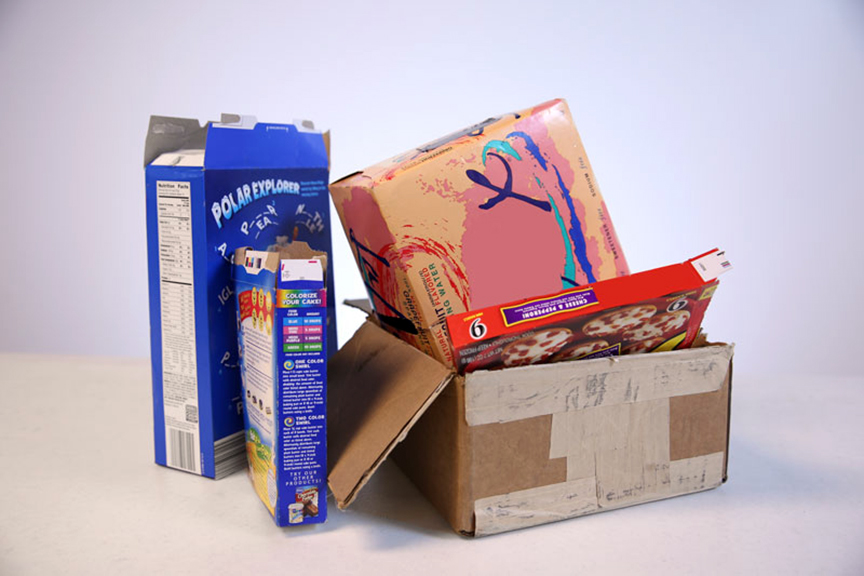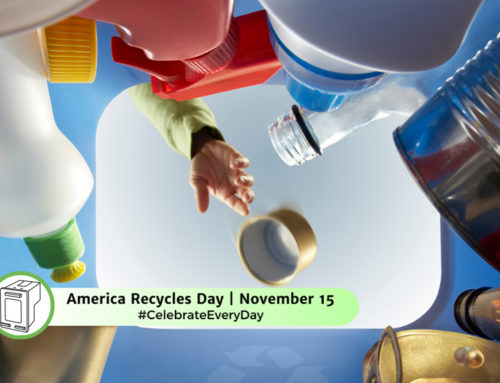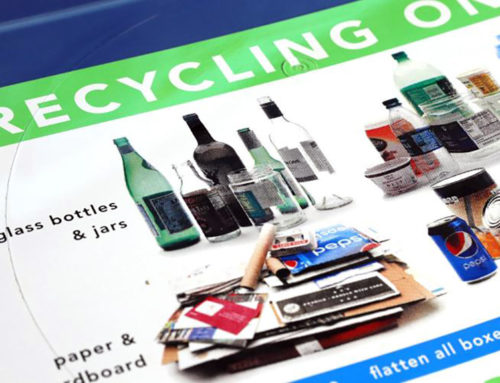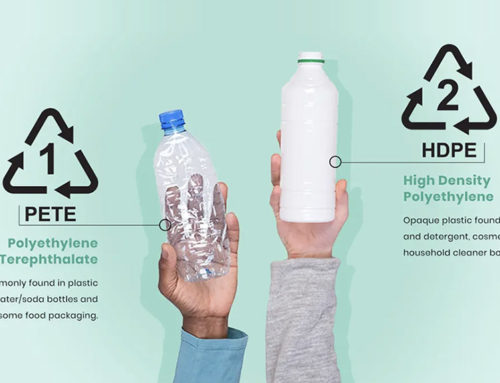Most Americans don’t sort their household recycling – yet there’s one thing nearly everyone gets right: tossing cardboard into the bin. Whether it’s from online shopping, food packaging, or bulk grocery hauls, cardboard is everywhere. And recycling it? That’s a really good start.
But cardboard recycling shouldn’t be the end of your recycling efforts—it should be the beginning. It’s one of the most effective, widely accepted, and impactful materials to recycle, and here’s why:
1. Recycling Cardboard Saves Major Energy
Producing new cardboard from scratch is energy-intensive. But recycling it only takes 75% of the energy required to make it new. That means more savings on resources, fewer emissions, and a lighter load on our environment.
2. The U.S. Has Reached a Record Recycling Rate
In 2019, the cardboard recycling rate hit nearly 97%. That’s huge. It shows what’s possible when households, businesses, and municipalities all pitch in. Let’s keep that momentum going—and expand it to other recyclables.
3. Retailers & Grocers Are Leading the Way
Roughly 80% of retailers and grocers already recycle their cardboard. These businesses deal with tons of packaging daily, and they’ve made recycling a core part of their operations. Households can follow suit.
4. 70% of Corrugated Cardboard Gets Recovered
The thick, durable cardboard used in shipping boxes—known as corrugated cardboard—is recovered and recycled at a rate of about 70%. That’s a strong start, but there’s room to grow, especially when it comes to smaller-scale recycling at home.
5. The Scale is Staggering: 100 Billion Boxes a Year
In the U.S. alone, we produce approximately 100 billion cardboard boxes each year. Recycling them properly can have a massive impact—and failing to do so means mountains of waste in our landfills.
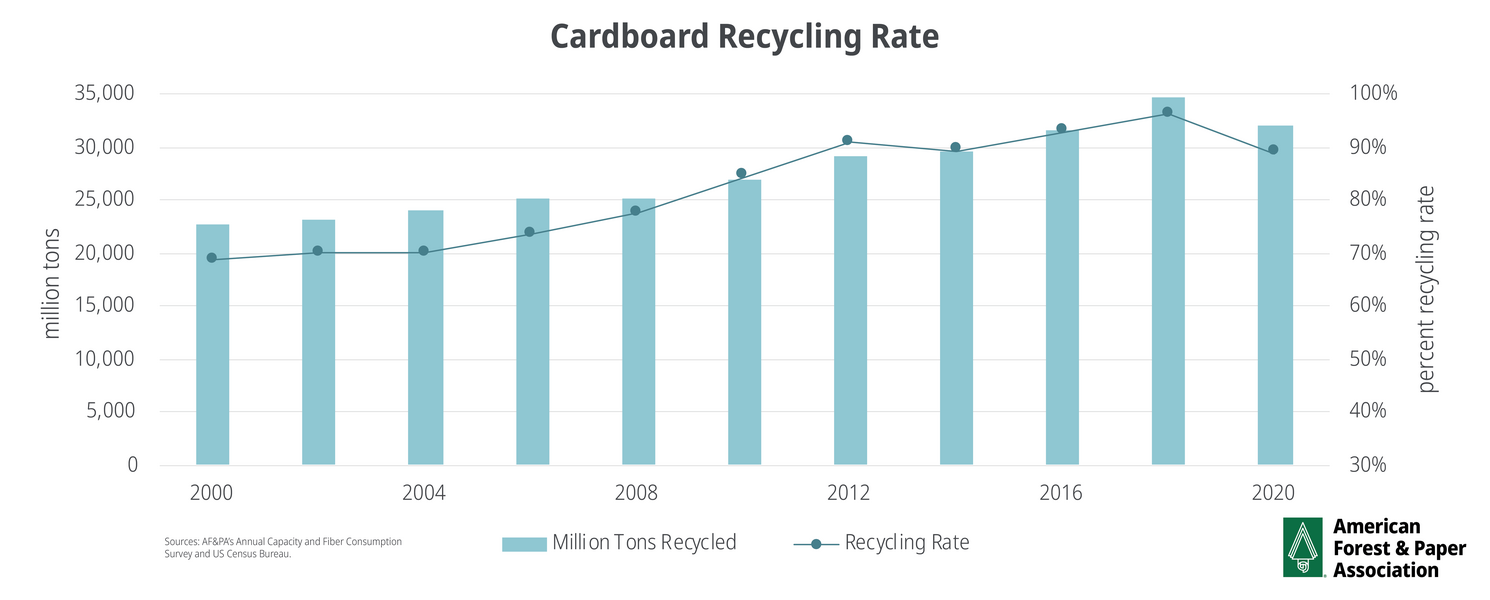
6. Recycling Cardboard Saves Oil
For every ton of cardboard recycled, we save 46 gallons of oil—a crucial resource that’s better used wisely or conserved altogether.
7. It Keeps Our Landfills from Overflowing
One ton of recycled cardboard saves 9 cubic yards of landfill space. Multiply that by millions of tons, and you can see how recycling helps fight back against the overflowing waste crisis.
The bottom line is this – recycling cardboard is easy, it’s widely available, and it delivers big benefits for the environment. Let’s use it as a gateway to develop better recycling habits in every household and business across the country.
After all, recycling cardboard is great – but making it just the beginning is even better. It’s time we take a look at plastics too.

